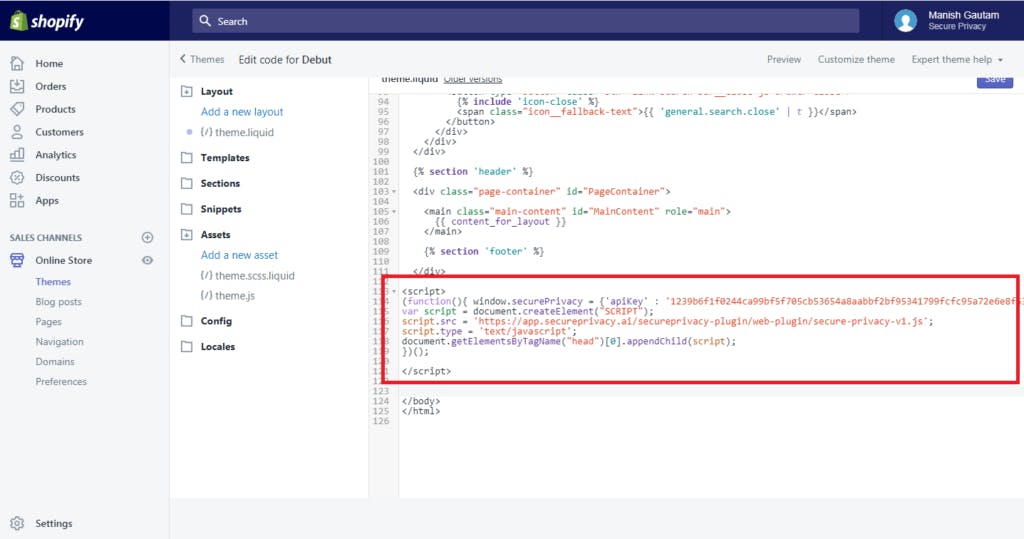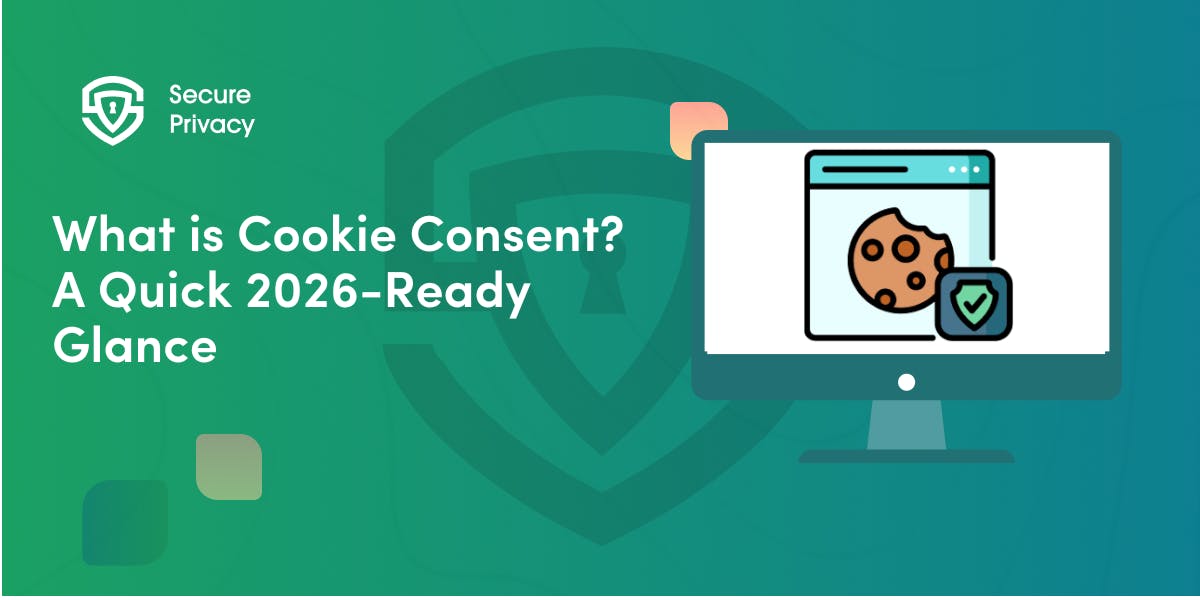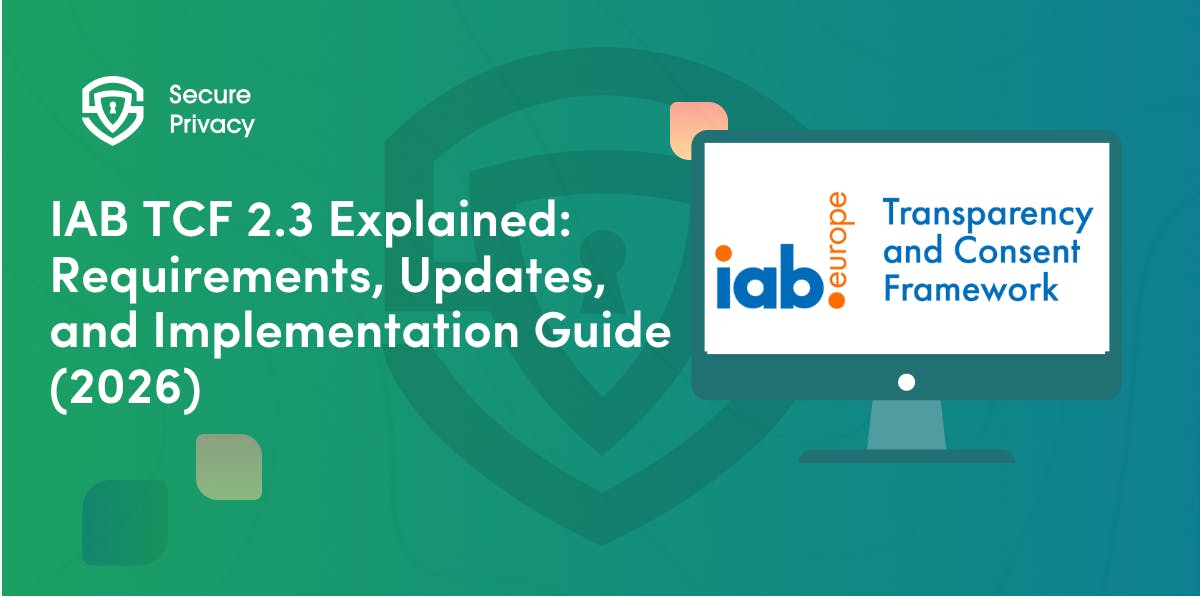How to install Secure Privacy on Shopify
This tutorial explains you how to install Secure Privacy on a Shopify website
Note
Shopify does not allow the use of external script in the checkout, so you will only be able to use Secure Privacy on your Storefront and the Order Confirmation page.
1. Log into your Shopify account
2. Click on Online Store.
3. Click on Themes.
4. Click on the Actions button on the top right and choose Edit HTML/CSS.
5. Under layout, select theme.liquid.
6. Scroll on the page until you find the following tag: </body>.

Some themes will use the tag, {/head}, [/header], or other variations of [/head]. These will work in the same way.
7. Paste the Secure Privacy Script just before this tag.
8. Click on Save.
Your Secure Privacy script is installed now.
Check our Comprehensive Guide to Creating a Shopify Privacy Policy.
Other Tutorials
- How to install Secure Privacy on Joomla
- How to install Secure Privacy on Shopify
- How to install Secure Privacy on Wix
- How to install Secure Privacy on SquareSpace
- JavaScript block third party cookies
- Install Secure Privacy with Adobe Dynamic Tag Manager
- How to install Secure Privacy with Google Tag Manager (GTM)

What is Cookie Consent? A Quick 2026-Ready Glance
Your website loads. Cookies track users. But without proper cookie consent, you're violating GDPR — risking fines up to €20 million or 4% of global revenue. Cookie consent is the legally required mechanism by which websites obtain explicit user approval before deploying non-essential tracking technologies. This requirement stems from GDPR Article 4(11) and the ePrivacy Directive, mandating that consent must be freely given, specific, informed, and unambiguous.
- Legal & News

DSAR Tools Explained: Best Software for Automating Privacy Requests
You're drowning in data subject access requests. Manual searches through dozens of systems miss regulatory deadlines and expose organizations to fines starting at $2,500 per violation. The solution? DSAR tools — purpose-built software that automates the entire process of responding to data subject access requests, from intake to delivery.
- Legal & News

IAB TCF 2.3 Explained: Requirements, Updates, and Implementation Guide (2026)
Your ad revenue dropped 40% overnight. Google stopped bidding on your inventory. Your DSP partners flagged your traffic as non-compliant. The culprit? An outdated TCF 2.2 consent string after the February 2026 enforcement deadline.
- Legal & News
- Cookie Consent
